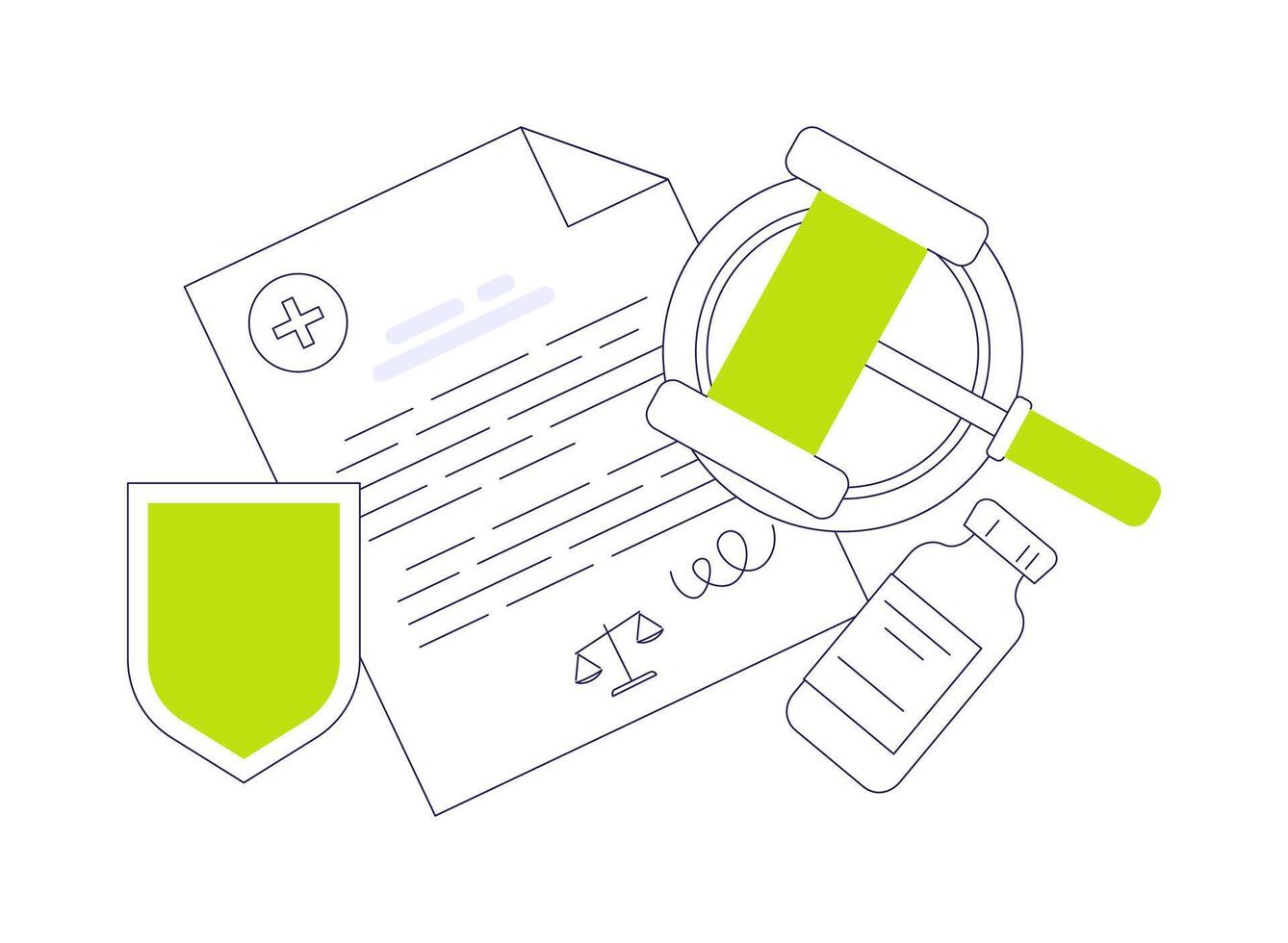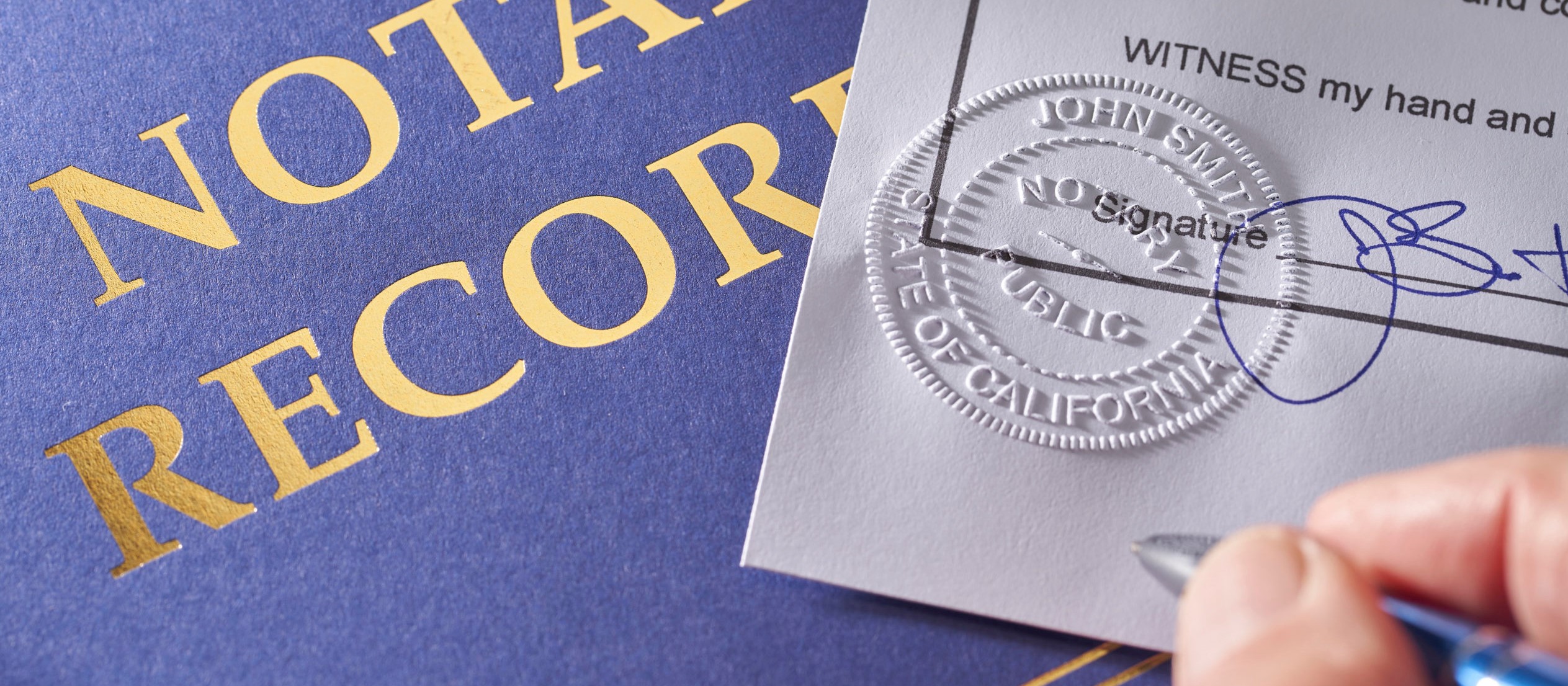When a product enters the international market, whether it is an electronic product, mechanical equipment or software application, the operation manual needs to be accurately translated to ensure that users can correctly understand and use the product. So, what is the standard for the translation fee of the operation manual?
Operation Manual Translation Fee Standard
Translation companies usually charge per thousand words, and the specific fee is affected by factors such as language type, difficulty and translation time limit. Our translation company divides the translation of operation manuals into different levels such as standard, professional and publication levels. The higher the quality level, the higher the fee.
Taking Chinese to English as an example, the price of standard translation is about 160 yuan/thousand words (excluding spaces), professional translation is 240 yuan/thousand words (excluding spaces), and publication translation is 360 yuan/thousand words (excluding spaces). If native language translation is used, the cost will be even higher. It is generally recommended to choose professional translation for operation manuals to ensure the quality of the translation.
How to ensure the quality of operation manual translation?
1. Understand the original text
Before translation, you must fully understand the content and intention of the original text, especially professional terms and specific expressions. If necessary, you should consult relevant materials or consult experts to ensure accurate communication of information.
2. Maintain consistency
When translating, ensure that the terms and expressions throughout the text are consistent to avoid confusion. If you encounter uncertain words or expressions, you can mark them and modify them uniformly.
3. Be concise and clear
The operation manual is designed to help users quickly understand how to use the product. Therefore, complex and lengthy sentences should be avoided when translating. Use concise and easy-to-understand words to ensure that the information is clear and fluent.
4. Follow the format
Operation manuals usually have a fixed format, such as catalogs, chapters, etc. When translating, the original format should be kept consistent to ensure that users can clearly understand the content structure.
5. Proofreading and reviewing
After the translation is completed, it is necessary to conduct detailed proofreading and review to check for typos, grammatical errors and inaccurate expressions. If necessary, ask colleagues or experts to assist in proofreading to improve the quality of translation.
6. Pay attention to cultural differences
The same words may have different meanings in different languages and cultural backgrounds. Consider cultural differences when translating and ensure that the content is consistent with the target users' cultural habits. If necessary, adjustments can be made through annotations or additional instructions.
In short, manual translation requires care and patience. By understanding the original text, maintaining consistency, expressing concisely, following the format, proofreading carefully, and considering cultural differences, you can ensure that the translation is accurate and helps users use the product correctly.











